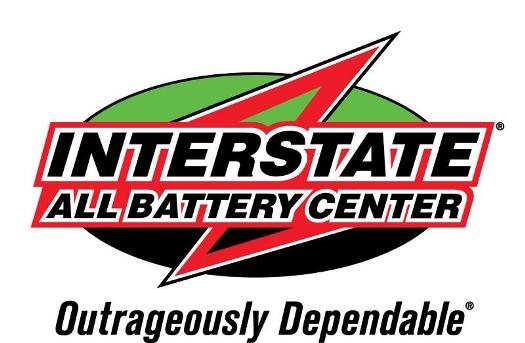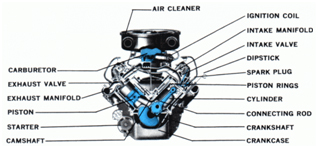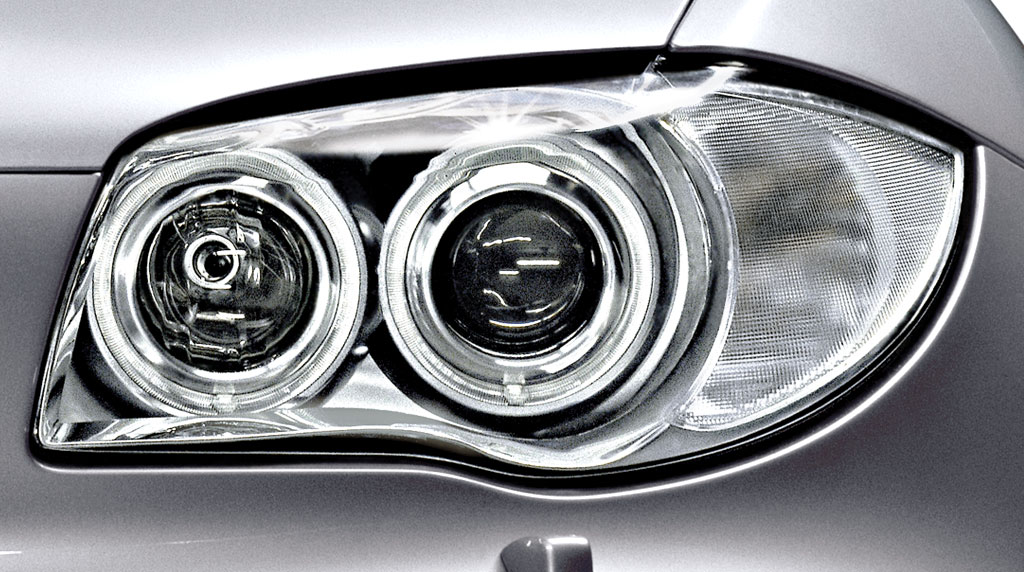Posted on 10/6/2016

When your car battery needs to be replaced (Part 2)NOTE:This is part two of our series on battery replacement. Please click here for part 1. Here is how to determine if your battery is getting enough electricity. · If you notice signs like warning lights such as 'Check Engine' flicker, disappearing, and then reappearing again or odd flickering lights, then these are signs that your car battery is not getting enough electricity. If the alternator is not in good shape, your battery is also faulty since it will no longer be able to receive a charge and you should immediately replace it. · Slow engine cranking. As explained earlier, slow engine cranking is an indicator that your car battery needs replacement. This is also an indicator that your battery is not receiving enough electricity since your alternator isn't charging it properly. A slow engine cranki ... read more
Posted on 10/4/2016

When you car battery needs to be replaced (Part 1) The battery influences every electrical element in a car. Every car battery needs to be replaced at some point. We've written before about battery cables, but let's see what else we can learn. Let's start with why the battery needs to be replaced. Many cars on the road today use lead acid batteries, which are equipped with six lead cells, and lead oxide plates packed with dilute sulphuric acid. The lead acid battery usually gets drained of its capacity, mostly owing to high levels of sulfation. In severe cases, the capacity may drop too low that the battery may not be able to start a car. Normally, a typical car battery lasts from 5 years to 7 years, although its prolonged life greatly increases if the car is driven on a daily basis. This is because the car battery lasts longer when it's kept fully charged, although overcharging can also ... read more
Posted on 10/3/2016

Engine DiagnosticsThe Importance of Comprehensive Engine Diagnostics (Part 2) NOTE: This is the second part of our series on comprehensive engine diagnostics. Please click here for part 1. More common symptoms and what they mean Another sign of trouble is experiencing sudden jerks or surges. The same engine trouble that causes this may also cause a sudden stall of the car. Let the mechanic look at the vehicle's spark plugs, fuel filter and, many other issues. It can be quite daunting when your vehicle starts stalling as you enter a freeway. Popping or tapping sounds originating from the hood could mean that your engine's cylinders are faulty. When gasoline in the combustion chamber ignites prematurely, this can lead to awful damage to the cylinders. To be on the safe side, park the vehicle at a safe place and call us. Driving i ... read more
Posted on 9/26/2016

What is headlight restoration? (Part 3Headlight Restoration Increases Driving Safety If your headlights are worn or cloudy, then you are taking a huge and unnecessary risk when driving at night. According to a study conducted by the AAF Foundation for Traffic Safety: · 9 out of 10 vehicles on the road have dirty or cloudy headlights, which reduces visibility. These cars need their headlights to be repaired, replaced, and restored. · Many drivers do not know that worn and cloudy headlights are not just ugly, but reduce visibility at night by over fifty percent. According to a recent study by Google and Yahoo, many accidents today are linked to dirty and cloudy headlights that offer ineffective lighting. The headlights are made using plastic, and they are significantly affected by harsh road and weather conditions. The UV rays from Mother Nature, chemicals from the engine, and smog and fumes bring some serious effects on the plastic in y ... read more
Posted on 9/20/2016

What is headlight restoration? (Part 2)Types of plastic headlight restoration The internet usually has a solution for all your problems. It will offer you very many products for DIY headlight restoration, but it is very important to do some research before spending your hard earned money. Many products available online offer to solve this problem, but they end up disappointing you. Most of the products remove the haze for several weeks, but then it comes back. Car washes and some mobile auto dealers also try to offer you headlight restoration services, but these are just short-term shortcuts. If you want your headlights to be restored correctly, we can help. Our professionals they will offer you the repair you need. A professional restoration service will completely eradicate all the scratches and yellowing on the vehicle headlights. We will do more than just a basic headlight restoration by replacing the UV filter that helps in preserving the headli ... read more